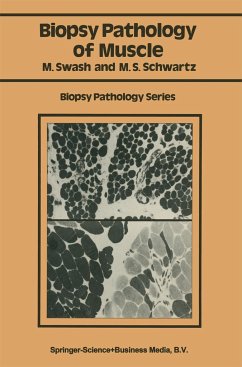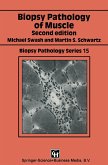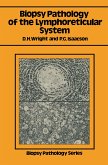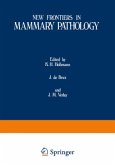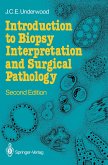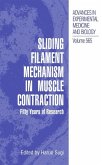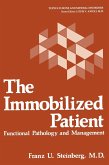During the last 20 years the development of enzyme histochemical techniques has contributed greatly to knowledge of muscle pathology. However, these and other new methods, such as electron microscopy and immunocytochemistry, have only relatively recently become gener ally available for routine use in histopathology. Muscle biopsy is a long-established technique in clinical practice, having been introduced by Duchenne in 1868 (Arch. Gen. Med. , 11, 5-179). However, the needle method used by Duchenne was not generally adopted, although Shank and Hoagland described a similar technique in 1943 (Science, 98, 592). During this time muscle biopsies required a surgical procedure and this was a considerable disincentive to their use. It was not until Bergstrom (1962; Scand. J. Clin. Lab. Invest. , 14, Suppl. 68) and Edwards (1971; Lancet, ii, 593--6) developed a simple biopsy needle suitable for muscle work in connection with exercise physiology that the advantages of needle muscle biopsies came to be appreciated. Since then, muscle biopsies have become a relatively minor procedure. This has led to the increasing use of muscle biopsy in clinical practice, both for diagnosis and for assessing progress in repeated biopsies during the course of a disorder and its treatment. The full range of enzyme histochemical and ultrastructural histological techniques can be applied to these small biopsies and many of the older histological staining methods can also be used. This book is intended to serve as a practical guide in muscle pathology, particularly for histopathologists, and for those in training.
Bitte wählen Sie Ihr Anliegen aus.
Rechnungen
Retourenschein anfordern
Bestellstatus
Storno

